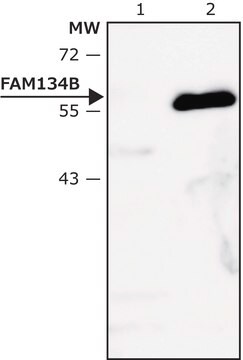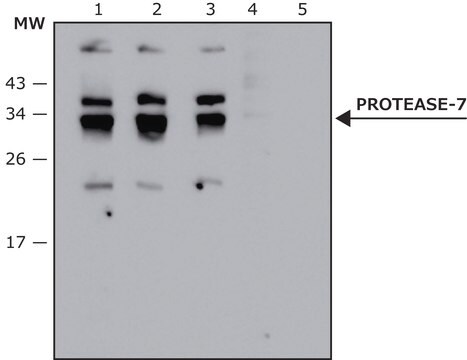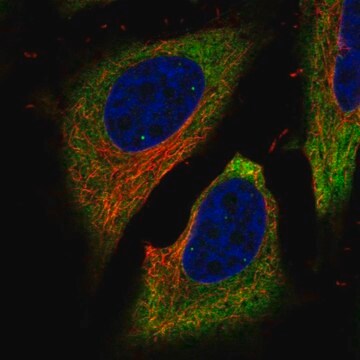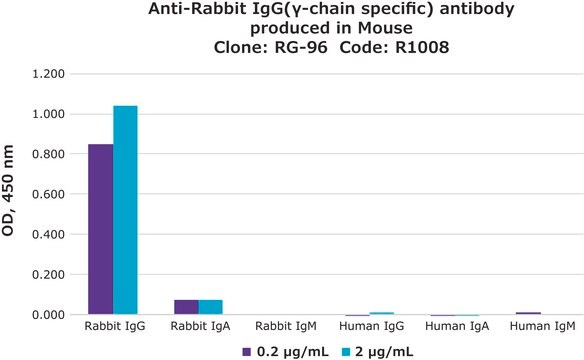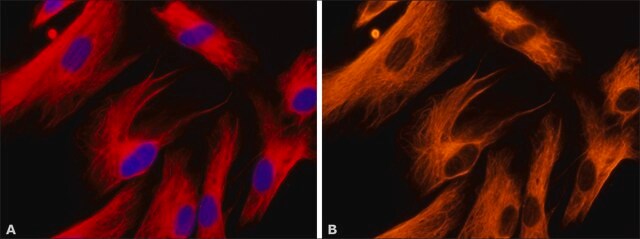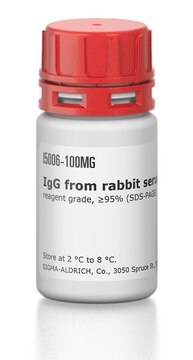SAB4200847
Anti-FAM134B antibody produced in rabbit
affinity isolated antibody, buffered aqueous solution
Sinonimo/i:
JK1, RETREG1, reticulophagy regulator 1
About This Item
Prodotti consigliati
Forma dell’anticorpo
affinity isolated antibody
Livello qualitativo
Reattività contro le specie
human
Concentrazione
~1 mg/mL
tecniche
indirect immunofluorescence: 1:500-1:1000 using cultured human Hela Cells
western blot: 1:500-1:1000 using 293T Cells Exp.FAM134B
N° accesso UniProt
Condizioni di spedizione
dry ice
Temperatura di conservazione
−20°C
modifica post-traduzionali bersaglio
unmodified
Descrizione generale
Specificità
Applicazioni
Azioni biochim/fisiol
Stato fisico
Stoccaggio e stabilità
Esclusione di responsabilità
Codice della classe di stoccaggio
10 - Combustible liquids
Classe di pericolosità dell'acqua (WGK)
WGK 1
Punto d’infiammabilità (°F)
Not applicable
Punto d’infiammabilità (°C)
Not applicable
Certificati d'analisi (COA)
Cerca il Certificati d'analisi (COA) digitando il numero di lotto/batch corrispondente. I numeri di lotto o di batch sono stampati sull'etichetta dei prodotti dopo la parola ‘Lotto’ o ‘Batch’.
Possiedi già questo prodotto?
I documenti relativi ai prodotti acquistati recentemente sono disponibili nell’Archivio dei documenti.
Il team dei nostri ricercatori vanta grande esperienza in tutte le aree della ricerca quali Life Science, scienza dei materiali, sintesi chimica, cromatografia, discipline analitiche, ecc..
Contatta l'Assistenza Tecnica.